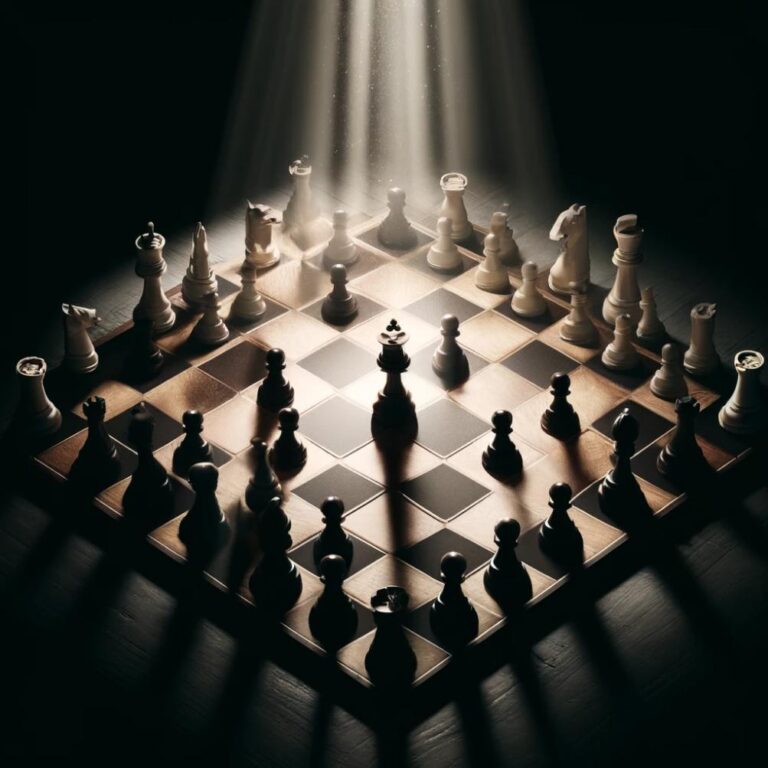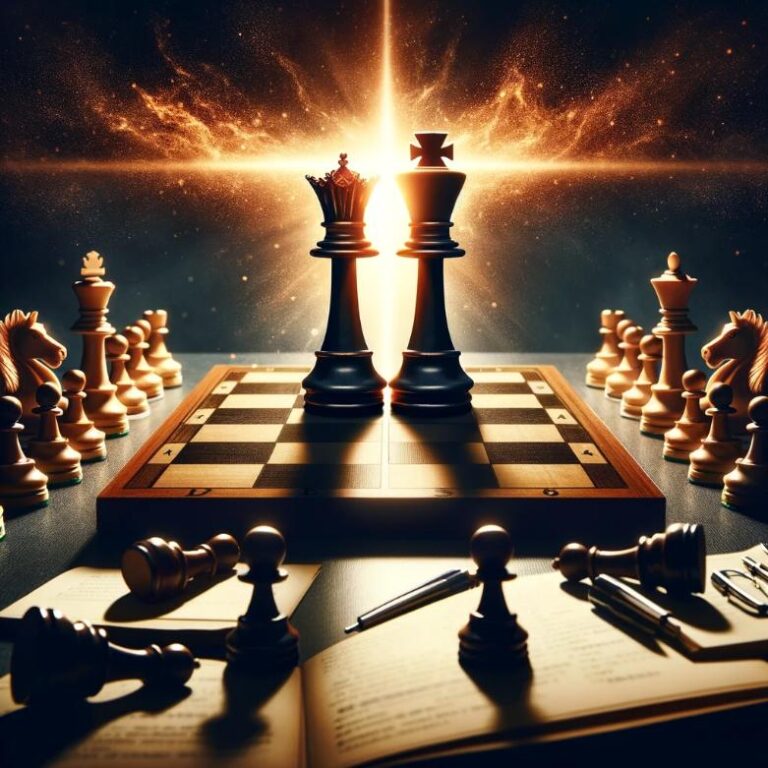Introduction
Chess is a popular strategic board game that has been enjoyed by people of all ages for centuries. One of the intriguing aspects of chess is the use of named pieces, each with its own unique characteristics and movements on the board. But have you ever wondered why these pieces have names and what their origins are? This article aims to explore the history and evolution of chess pieces and the reasoning behind their names.
The Origins of Chess
The game of chess has existed in some form or another for over 1500 years, originating in India and spreading to Persia, and eventually reaching Europe during the Middle Ages. In the earliest versions of the game, the pieces were not named but were represented by abstract symbols. However, as the game spread to different cultures and countries, the pieces gradually began to acquire names and specific roles on the board.
One theory on the origins of named chess pieces suggests that they were based on the military hierarchy of the Indian army. The king was represented as the “shah,” which translates to “king” in Persian. The queen was depicted as “firzan” or “vizier,” meaning “advisor” or “counselor.” The rooks were represented by elephants, the knights by horses, and the bishops by camels, all of which were important and powerful figures in ancient Indian warfare.
As the game spread to the Middle East and Europe, the pieces´ names and their associations were altered to fit the cultural context and societal norms of those regions. For example, the “shah” became the “roi” in French, meaning “king,” and the “firzan” became the “reina” in Spanish, meaning “queen.”
The Meaning and Significance of Chess Names
The names given to chess pieces are an essential aspect of the game. They not only serve as a way to identify the different pieces but also reflect their roles and importance in the game. Each piece has its own set of unique movements and abilities, making them valuable assets on the board. The names given to these pieces reflect their positions, behaviors, and values.
The king, for instance, is the most valuable piece on the board and represents the ruler or leader of a kingdom. It can only move one square at a time in any direction, symbolizing the monarch´s cautious and strategic movements. The queen, on the other hand, is the most powerful piece, and her name reflects her status as the ruler´s wife. She can move in any direction, giving her the ability to influence and control the entire board.
The names of the other pieces also hold significance. The rooks are often seen as the stronghold protecting the king and queen, and their name is derived from the Persian word “rukh,” meaning chariot. The knight´s name comes from the Old English word “cniht,” meaning “boy” or “servant,” and reflects the knight´s duty to serve and protect the king and queen. The bishops, whose name is derived from the Old English word “biscop,” meaning “overseer,” represent the clergy or religious leaders, often seen as advisors to the king and queen.
The Evolution of Chess Names
As chess continued to spread to different countries and cultures, the names and representations of the pieces changed as well. For example, in the Arabic and Persian versions of chess, the bishop piece was initially represented by a war elephant, but it was eventually replaced by a human figure. Similarly, in Europe, the depiction of the pieces varied depending on the country and the artist´s interpretation. In some versions, the bishop was depicted with a mitre, while in others, it was seen with a cross.
The names of chess pieces have also undergone some changes over time. In the 19th century, there was a push to standardize the names of the pieces, leading to the names we use today in modern chess. For instance, the “firzan” was replaced with the more gender-neutral and elegant “queen,” and the “cniht” was changed to the more noble “knight.” These changes are reflective of the societal shifts and values of the time, where gender equality and chivalry were gaining importance.
Influence on Popular Culture
The names of the chess pieces have become ingrained in popular culture, from literary works to movies and TV shows. For example, Lewis Carroll´s famous book “Through the Looking-Glass” features a chess game where the characters Alice and the Red Queen are the queen and king pieces, respectively. In the Harry Potter series, J.K. Rowling uses chess as a metaphor for the ultimate battle between good and evil, with the chessboard representing the final showdown between Harry and Voldemort.
Chess pieces and their names have also been used in popular phrases and expressions, such as “pawn in the game” or “queen´s gambit.” The distinct names and roles of the pieces have become synonymous with their real-life counterparts and are used in various analogies and metaphors.
Conclusion
The names of chess pieces have a rich history and have evolved to reflect the cultural shifts and societal values of different eras. They are not just names, but symbols that represent the hierarchy and power dynamics within the game. The distinct names and roles of each piece make chess a unique and intellectually stimulating game, enjoyed by people of all ages and backgrounds. So, the next time you sit down to play a game of chess, take a moment to appreciate the origins and significance of the names of the pieces moving across the board.


